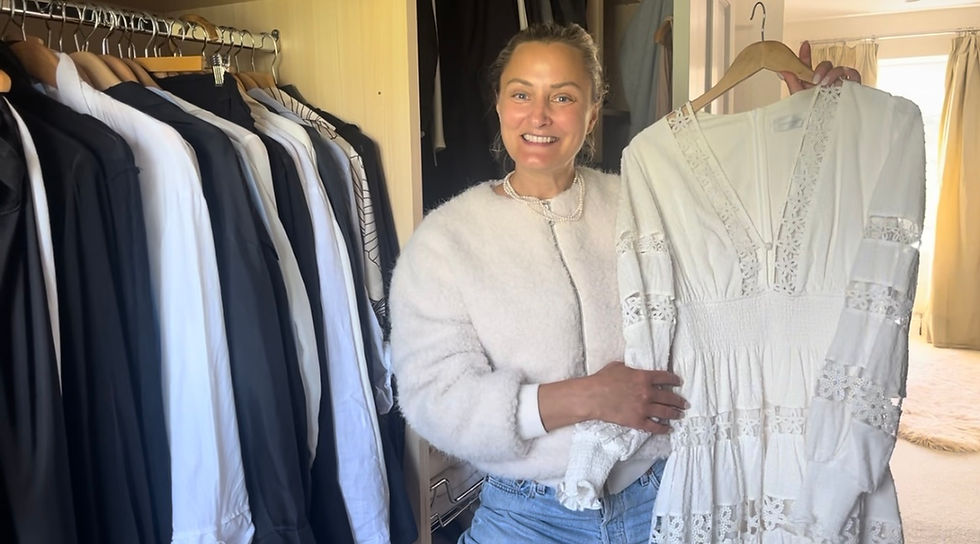"Mammut Leads the Way in Sustainability with Innovative Repair and Resale Programs"
- niamhhatfield
- May 14
- 3 min read
By Niamh Hatfield

Mammut is leading the charge in sustainable fashion with ground-breaking repair and resale initiatives. By offering customers the opportunity to repair their gear or resell it for a second life, the outdoor brand is tackling waste head-on and promoting a circular economy. With a focus on durability and long-term product care, Mammut is proving that fashion can be both eco-friendly and built to last.
Design choices are crucial in determining a garment's lifespan, and poor decisions can contribute significantly to waste. As one expert notes, "Poor design choices definitely have an impact on the amount of waste the fashion industry produces." To reduce this, the focus should be on creating products that are built to last and can be easily repaired.
This not only reduces waste but also addresses both customer and brand challenges in minimizing environmental impact. It "comes down to making products that are repairable and choosing materials that last a long time and are fit for purpose."
At Mammut, designing apparel for harsh mountain conditions requires a commitment to durability. The brand emphasizes selecting materials that suit tough environments, prioritizing longevity over lightweight options. Mammut also collaborates with athlete field testers who provide valuable feedback on product wear. Input from the customer service team on common repair areas helps refine designs, ensuring that products improve over time.
They have a team of athlete field testers who test the products in real-world conditions, providing valuable feedback on areas of wear. The customer service team also tracks which garment parts are most often returned for repairs. This feedback loop helps them continuously improve and explore new solutions to enhance product durability and performance.
As more brands explore circular systems, Mammut focuses on designing items that can be repaired or resold. Tobi explains, "If we want to move into a more circular system, it’s not doable if the product will only last a short period of time and cannot be given a second life." Mammut’s strategy includes engaging customers years after purchase to offer repair services, maintenance advice, or resell options, promoting sustainability and product longevity.
"Repairability is a growing trend in the fashion industry, offering opportunities for unique repairs that create one-of-a-kind products and add value to the brand." While fast fashion attracts consumers with its low cost, sustainable options like repairs can be pricier. Mammut addresses this challenge by offering a range of repair options at different price points.
For those seeking like-new restorations, high-quality repairs are available, while more affordable alternatives, such as patching with a contrasting colour or adding a unique zipper, provide budget-friendly, personalized solutions. The more customers engage with repairs, the more cost-effective they become.
As one expert states, "If everyone just kept the garments they have and repaired them, we would already be making a huge impact." This encourages a shift from fast fashion to repair, reducing waste and promoting a more sustainable fashion industry.
While brands must make changes to become more sustainable, consumer mindset is just as important. Consumers often buy more than they need, and brands often produce more than they can sell, contributing to waste.
"In terms of design, there is always room for improvement, and this is something we are actively working on." The key is to create products that are durable, repairable, and fit for their intended purpose. For Mammut, this means designing products that are built to last.



Comments